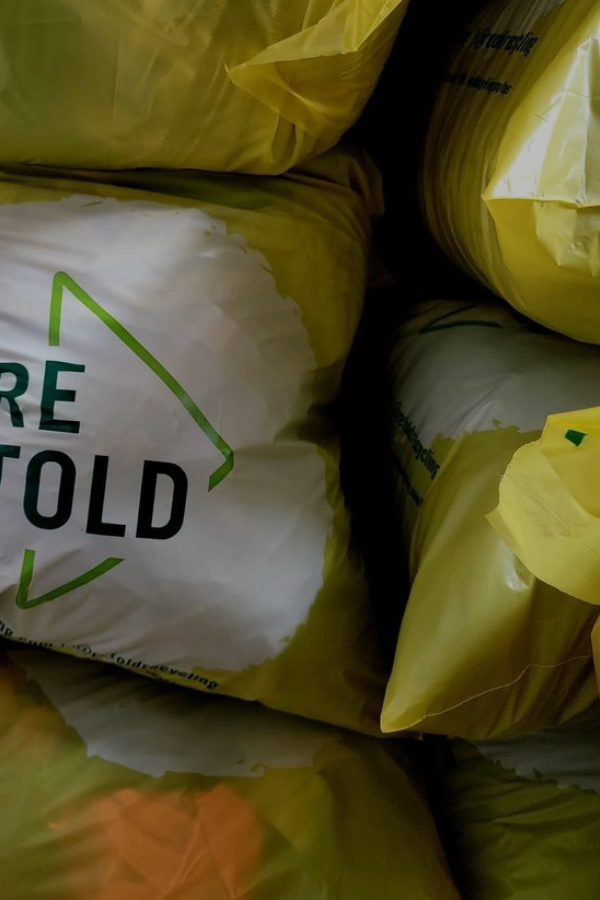
Written by: Andrew Trumble
From Closet to Landfill: The Hidden Impact of Textile Waste and How to Reduce It
Ever drive by an cluttered donation bin and wonder where all the clothes go? The answer might be less green than you think. Goodwill, for example, estimates that only about half of the clothes they receive are suitable for their retail stores. They throw away any clothes that are wet or soiled, and send lower quality items to outlet stores and salvage dealers. Whatever remains after that heads to landfill.
Unfortunately in 2018, over 11 million tonnes of textiles ended up in American landfills. And once in landfill, textiles contribute to the toxic by-products that landfills produce.
The first by-product is known as leachate. It forms as the liquids in landfill work their way through our clothes, and other junk, picking up chemicals along the way. When leachate is not properly contained it seeps into the surrounding earth, infiltrating eco-systems and even our own drinking water.
The second by-product is emissions. As forms of organic waste including textiles break down, a substance known as 'landfill gas' is released. This gas is composed in large part by methane, a greenhouse contributor that’s 80 times worse than CO2. To give you an idea of the scale of this problem, estimates suggest landfills are responsible for an enormous 16% of America’s total methane emissions.
Critically, both landfill leachate and landfill gas are now also being recognized as potent vectors for transmitting PFAS into the environment. You may have heard of these nasty guys. They’re the group of around 16,000 'forever chemicals' that are used in making consumer products, including clothes, and take over 1000 years to biodegrade. The potential health effects of PFAS are also being understood in increasingly stark terms. Exposure to them is being linked to a range of health issues, including cancer, birth defects and liver disease.
So while sending our clothes to landfill has been considered problematic for some time, the true threat it poses is just now becoming clear. Retold’s mission of #NoLandfill exists in order to help combat this serious problem. So far, Retold has diverted over 180 tons of textile material from landfills and we’re not stopping there! Join us in our mission and help us by recycling your unwanted clothes today.



